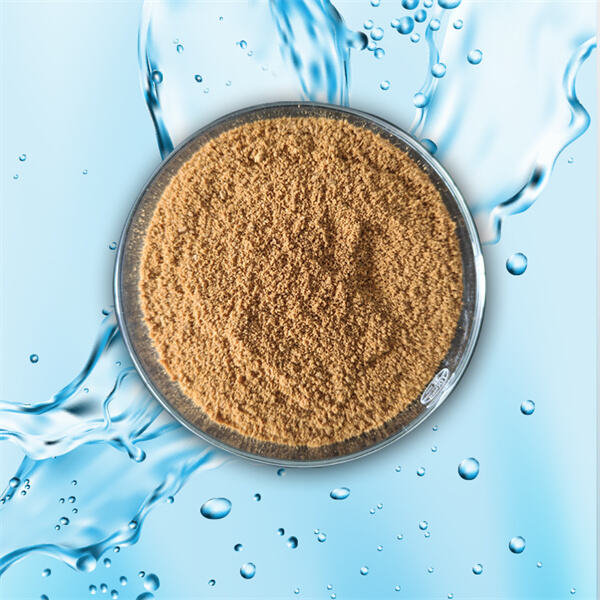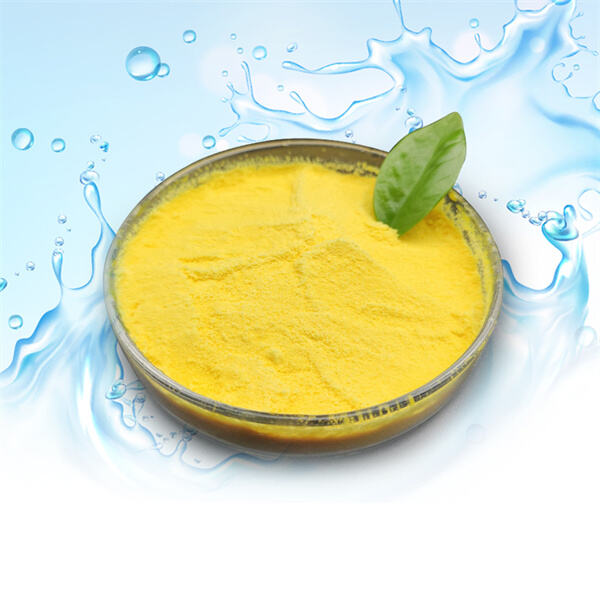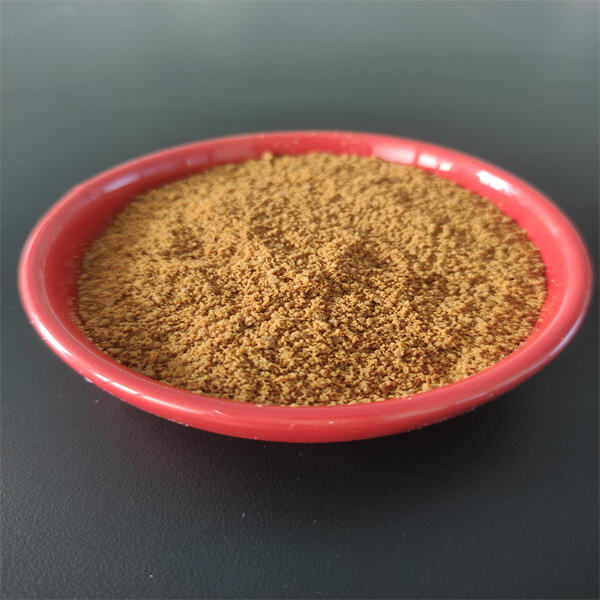Polyaluminum chloride is a special chemical that helps treat dirty water. That’s like a super-hero for water… it makes it safe to drink and use. Today, we will learn more about polyaluminum chloride, and about how the chemical is being used to clean water in our communities.
Wastewater is simply dirty water that finds its way to the sewer from our homes, schools and businesses. It could have yucky things in it that can make us sick when we drink it or play in it. But not to worry, boys and girls, polyaluminum chloride’s on the job! So, when we’re adding that polyaluminum chloride to wastewater, it’s doing like a magnet thing, okay? That leaves the water clean and safe to return to rivers and oceans.

Water purification is making water clean enough to drink and use. Polyaluminum chloride is a significant part of this procedure, which helps to eliminate harmful bacteriae as well as chemicals from the water. If you add polyaluminum chloride to dirty water, it forms smaller particles called flocculants, which attach to the yucky stuff and cause it to clump together. This makes it easier to spoon out the bad stuff and we’re left with clean, safe water.

Industrial water treatment involves cleaning the water that a factory or a big building will use. This water can be very dirty, containing chemicals and pollutants. Polyaluminum chloride is used in this water treatment for one reason: It can help handle a lot of different types of dirty stuff. This treatment works on oil, grease and heavy metals, and can help pull these pollutants from water, so that it can be reused or disposed.

Municipal water systems are the pipes and tanks that deliver clean water to our homes and carry dirty water away to be cleaned. Polyaluminum chloride is absolutely crucial in these systems, as it keeps cleaning quicker and easier. With polyaluminum chloride, water-treatment plants can take the bad stuff out faster, guaranteeing that the water we have coming from our taps is always clean.